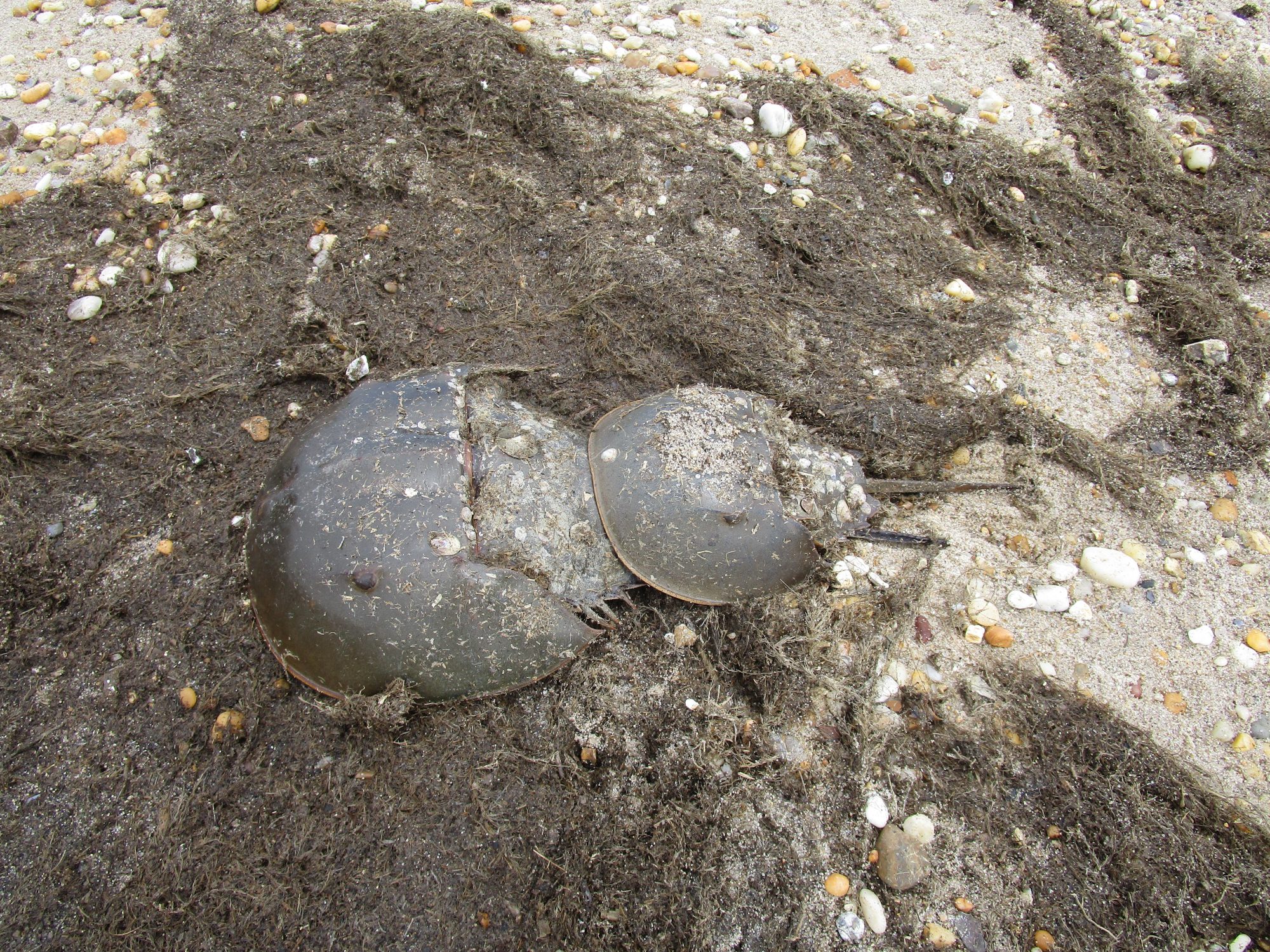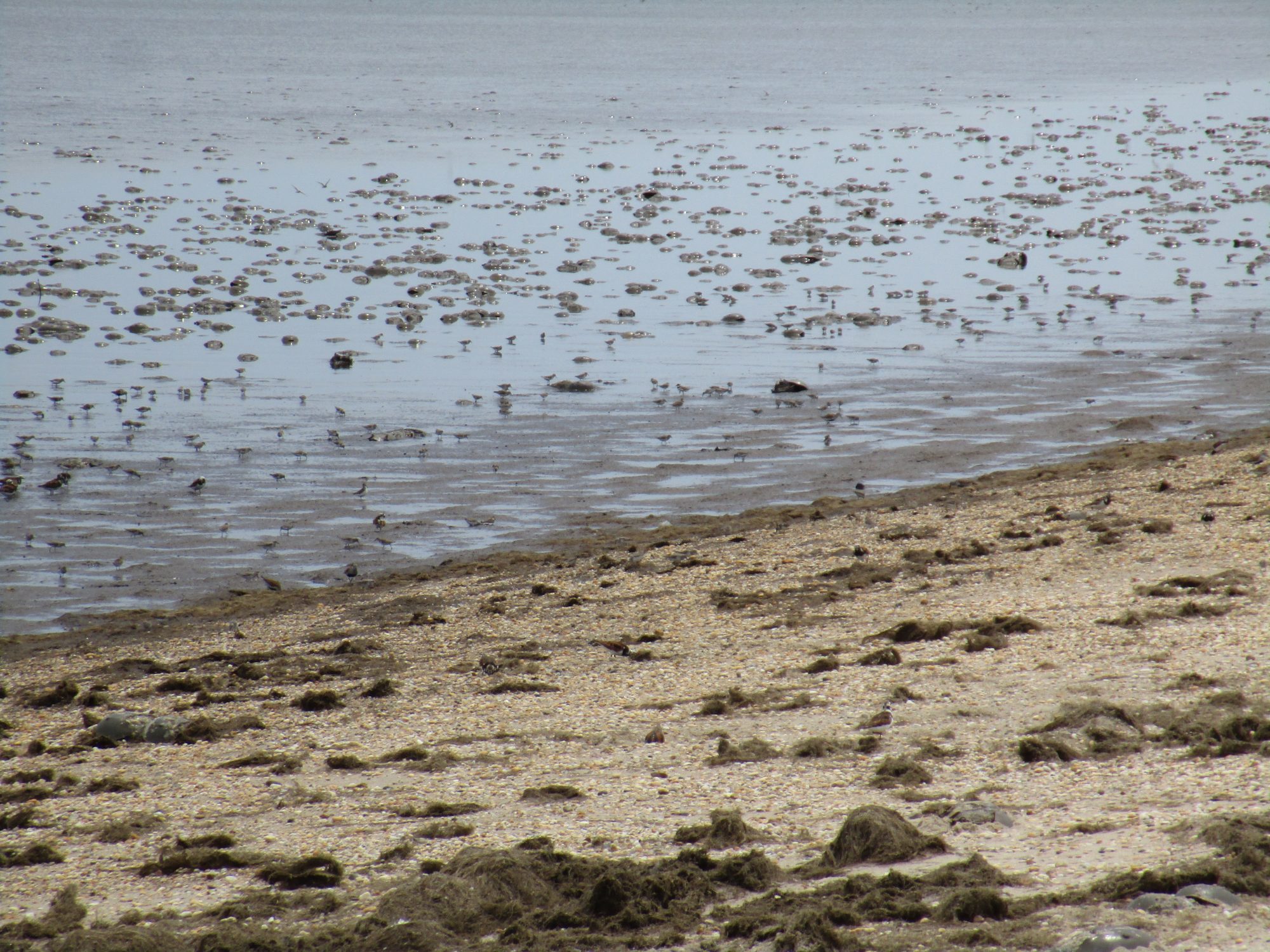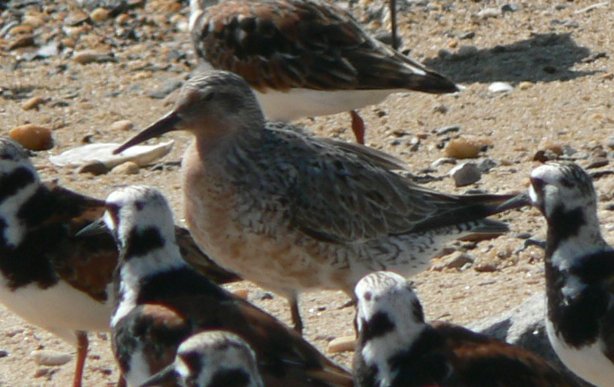One of the most ancient forms of life on Earth are the Horseshoe Crabs, a family of arthropods that are actually more closely related to modern spiders and scorpions than real crabs. Horseshoe crabs have been living in the oceans of the world for more than 450 million years now, so long that they are commonly referred to as ‘living fossils’.

As befits their name Horseshoe Crabs have a hard external shell, the large front piece of which has a rough ‘horseshoe’ shape. Unlike the true crabs whose legs and claws come out of the sides of their shells however the legs of Horseshoe Crabs are underneath and completely covered by that hard shell.

Horseshoe Crabs are fairly common creatures; there are four species spread across the world. Here on the U.S. east coast the local species is known as Limulus polyphemus and they live in the shallow waters of the bays and inlets feeding off of small pieces of food, worms, small mollusks and whatever else they can find to eat in the sand.
The best time to observe Horseshoe Crabs is during their spring breeding season when they come ashore to mate and lay their eggs on sandy beaches. For me that means a trip down to the lower Delaware bay during late May or early June.

Now you have to find the right beach, too many people will disturb the crabs and the sandier the beach is the more crabs will come to mate on it. If you find the right beach at the right time however you get to watch as literally thousands of these ancient creatures come out of the water to create another generation of their kind.
Mating for Horseshoe Crabs is a pretty simple affair. The larger females come ashore and deposit their eggs into the sand. The smaller males grab the female from behind and fertilize the eggs as the female lays them. Competition amongst the males is fierce and it is not uncommon to find two or three males all trying to grab and mate with the same female.
For the best show you also have to come at the right time. The crabs come ashore at high tide but of course that’s when the beach is covered by water so they’re not easy to see. The best time to arrive is about an hour or two after high tide and then watch as the receding water reveals them by their thousands. I timed it perfectly this year as there were some Horseshoe Crabs already on the beach as we arrived but as the tide receded it seemed as if with every minute that passed more and more of the creatures appeared out of the water.

The annual mating of the Horseshoe Crabs is an important event for other creatures besides just the crabs. You see the crab’s eggs are very nutritious and represents a vital food source for several species of migrating shorebirds, especially the Red Knots.
Red Knots are a migratory bird with one of the longest yearly journeys of any living creature. During winter in the northern hemisphere the Red Knots live at the bottom of South America but they breed in the northern parts of Canada during the northern summer, a round trip of over 30,000 kilometers.

As you might guess the Red Knots need to find some good meals along the way. In fact the Horseshoe Crab eggs are so important to the birds that they time their migration so as to arrive along the U. S. east coast just as the Crabs are breeding. This interrelationship between two such different species is one of the more interesting stories that illustrate the complexity of life here on Earth.
Today both species, crab and bird are threatened by human activity. For a long time Horseshoe Crabs were cut up and used for bait in order to trap eels but they are also harvested for their blood that is used to detect bacterial infections by the pharmaceutical industry. (By the way, the blood of Horseshoe Crabs is based on copper rather than iron as ours is so it is blue in colour.) The biggest threat to Horseshoe Crabs however is the loss of breeding territory because of shoreline development.

Watching the Horseshoe Crabs as they came ashore to lay their eggs I knew that I was witnessing one of the oldest annual events in the history of life here on Earth. As the shorebirds walked between the crabs feeding on the freshly laid eggs I began to wonder what creatures might have eaten those eggs say 350 million years ago. That would have been the time of the earliest amphibians, the ancestors of all modern vertebrates, reptiles, birds and mammals. Is it possible that the mating of Horseshoe Crabs might have provided food for our own distant forebears?
Horseshoe crabs are very ancient creatures after all, for all of our science we probably only know a fraction of all the things that they’ve seen.
